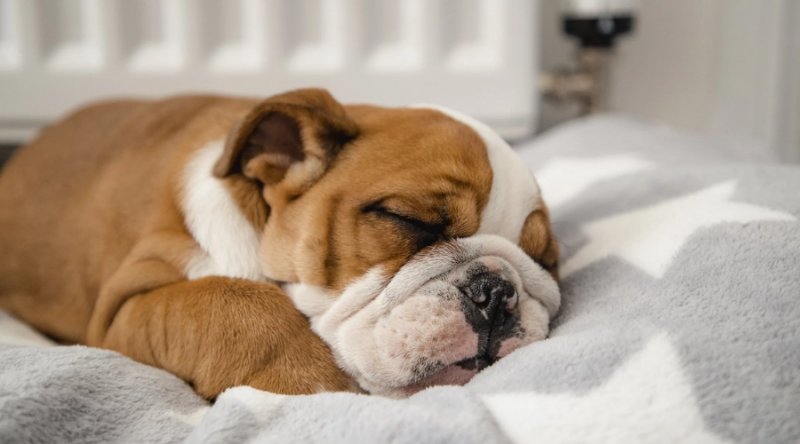
Doggy Dreams: Decoding Sleeping Habits
Dogs, our loyal and furry companions, have always intrigued us with their unique behaviors and habits. One of the most enchanting aspects of a dog’s life is their sleeping habits. Have you ever wondered why your canine friend curls up in a ball, sprawls out on their back, or even twitches while sleeping? Let’s delve into the world of doggy dreams and decode the fascinating realm of their sleeping habits.
A Glimpse into a Dog’s Sleep Pattern
Just like humans, dogs experience different stages of sleep, including Rapid Eye Movement (REM) sleep and Non-Rapid Eye Movement (NREM) sleep. During REM sleep, which is often associated with dreaming, dogs exhibit more brain activity, irregular breathing, and even eye movements beneath closed eyelids. This is the stage where the intriguing behaviors we often associate with dreaming, such as twitching or paddling their legs, occur. While we can’t be entirely certain, these movements might signify that dogs are actively engaged in their dreams, possibly chasing a squirrel or frolicking in an imaginary field.
NREM sleep is the other primary phase of sleep. This is when a dog experiences deeper, more restful slumber. During this phase, their body is recharging, and their breathing becomes slower and more regular. You might notice your dog lying still and peacefully during this phase, without any visible movements.
The Sleeping Positions and Their Meanings
Dogs are known for their variety of sleeping positions, each of which might reveal something about their physical comfort, emotional state, or even their personality.
- Curled Up: Many dogs are often seen curling up into a tight ball while sleeping. This position is reminiscent of their days as wild animals when they had to keep warm and protect their vital organs. Dogs that sleep like this might be feeling a bit vulnerable or seeking comfort and security.
- On Their Side: Dogs that sleep on their side are showcasing their comfort and trust in their surroundings. This position suggests relaxation and a lack of worry. These pups are at ease in their environment and might even be open to belly rubs if you’re lucky!
- Stretched Out: If you’ve ever seen a dog lying on their belly with their legs stretched behind them, they’re truly embracing relaxation. Dogs who prefer this position often feel secure in their surroundings and are ready to soak up the coziness of their sleep spot.
- On Their Back: When a dog sprawls out on their back, exposing their belly, it’s often a sign of pure trust. The belly is one of the most vulnerable areas of a dog’s body, and by showing it, they’re demonstrating their complete confidence in their environment and the people around them.
The Role of Age and Breed
Just as humans’ sleep patterns evolve over the course of their lives, so do those of our furry companions. Puppies and young dogs tend to sleep more, often around 18 to 20 hours a day. As they grow older, their sleep duration decreases, and they adapt more to the sleep patterns of adult dogs.
It’s important to note that different breeds might have varying sleep habits. Some breeds are more active and require less sleep, while others are naturally more laid-back and enjoy extended periods of rest.
Creating the Perfect Sleep Environment
Understanding your dog’s sleeping habits can help you provide them with the most comfortable and suitable sleep environment. Whether they prefer a soft bed, a cool spot on the floor, or a cozy blanket, catering to their preferences can ensure they get the restful sleep they need to stay healthy and happy.
In Conclusion
Dogs’ sleeping habits are as diverse and enchanting as their personalities. From dreaming about chasing squirrels to displaying trust through vulnerable positions, their sleep patterns offer insight into their well-being and emotional state. By paying attention to these behaviors, we can strengthen the bond we share with our furry companions and provide them with the utmost care and comfort they deserve. So, the next time you catch your dog twitching in their sleep, remember—they might just be living out their very own doggy dreamland.
